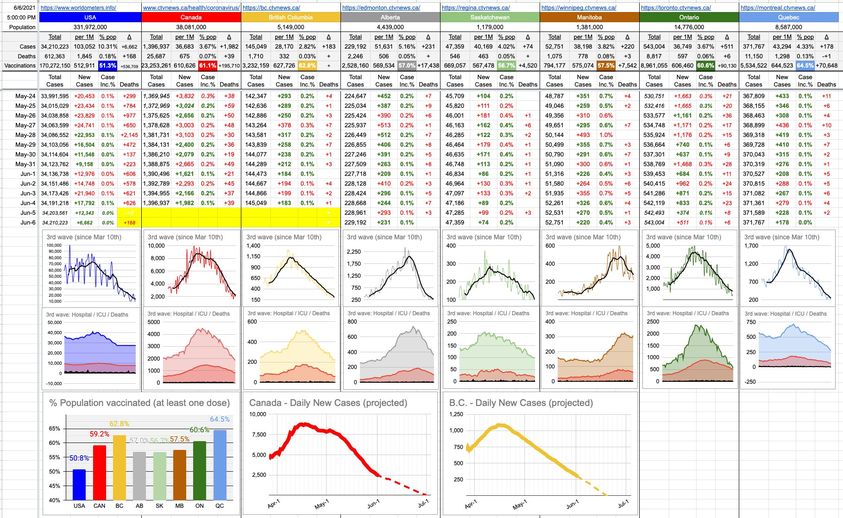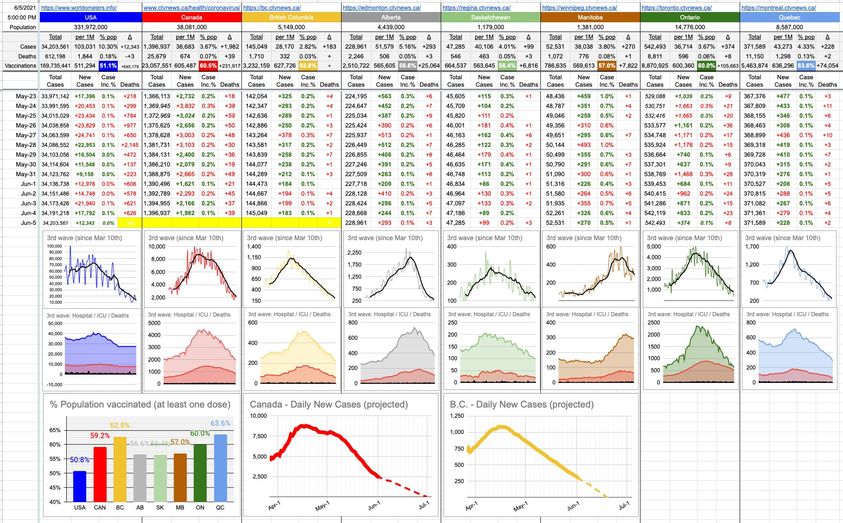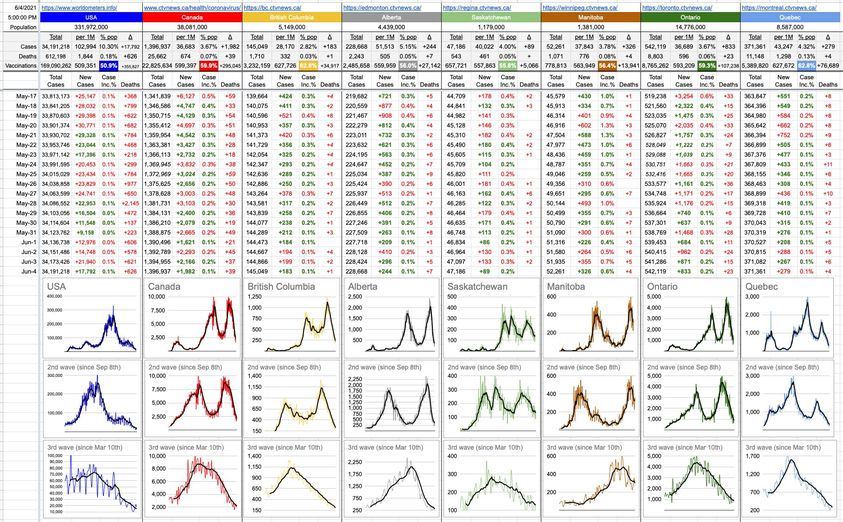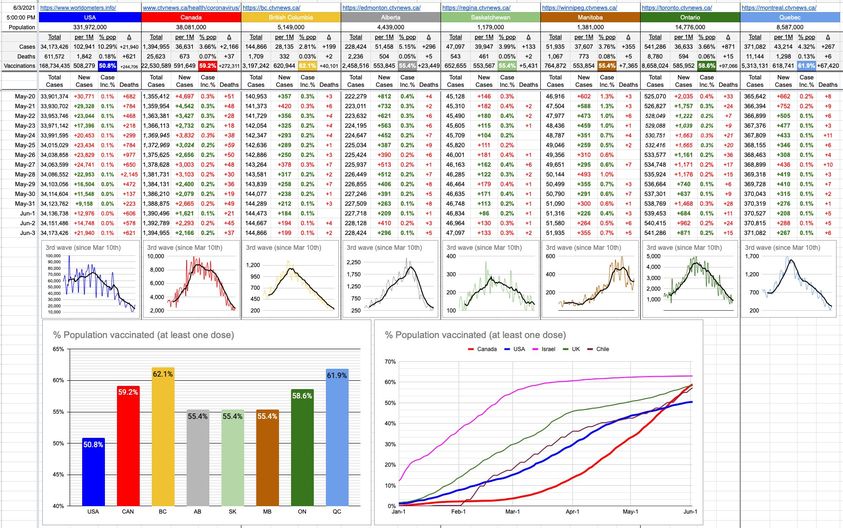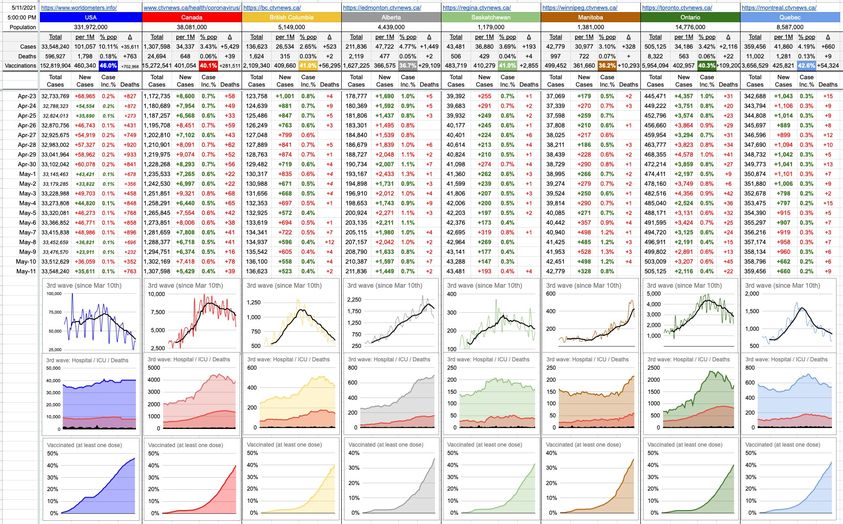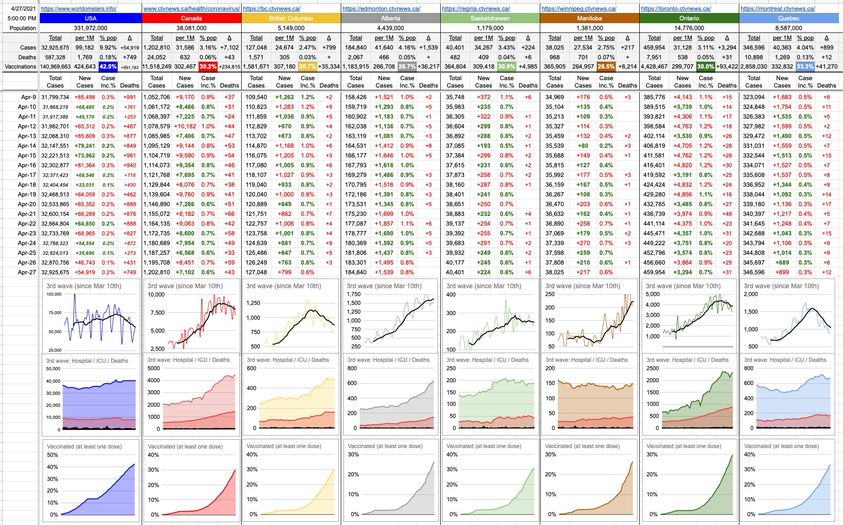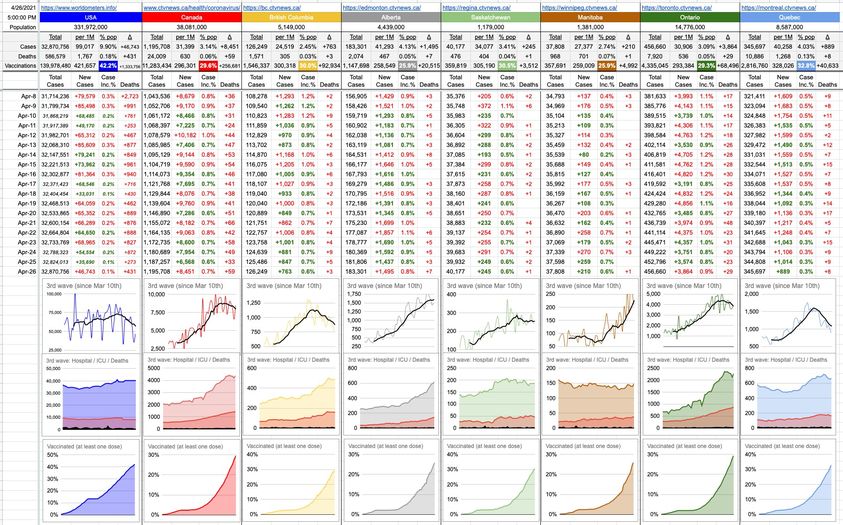Since 1980, the Vancouver Canucks have won fewer than 10 Stanley Cups. Also, since 1980, the Edmonton Oilers as well… have won fewer than 10 Stanley Cups.
While both of those facts are entirely accurate, they certainly fail to convey the real picture. But someone who’s not too sure can make that blanket statement, and nobody will argue it… though it might make you wonder if the person who said it actually understands what they’re talking about.
Similarly, the CDC has announced that “less than 10 percent” of C19 transmission is occurring outdoors. This number was picked up by the media and repeated… and has become the “de-facto” standard accepted description for the frequency of outdoor transmission. And sure, it’s without-a-doubt – accurate. The number is most certainly less than 10%.
What’s the real number? The actual number of documented outdoor transmissions may actually be lower than 0.1%, and even that is questionable. It may be a lot lower than that.
Part of it is defining what’s an outdoor space. A poorly-ventilated tent is not an outdoor space, though some stats have classified it that way. A huge outlier in outdoor transmissions has been data from construction sites in Singapore. For example, one particular study of over 10,000 worldwide instances of transmission found that only 95 of them were outdoors… and all 95 of them were from construction sites in Singapore. What gives?
That’s pretty simple, actually… those guys work outdoors in the hot sun, but eat lunch and congregate and relax in cool construction trailers, sometimes for lengthy periods of time. But since the job overlaps with indoor and outdoor spaces, and the classification needs one or the other, they erred on the side of caution and labelled it outdoor.
This erring on the side of caution is a problem, because it’s led to a lot of confusion and uncertainty. What exactly is risky? When exactly do you need a mask?
What the evidence is showing (though the guidelines still have to catch up) is that the highest risk – perhaps the only risk – is indoor spaces, especially ones that are poorly ventilated. Should you wear a mask while shopping? For the moment, absolutely. Vaccinated/not vaccinated/healthy/recovered… whatever… wear a mask. And understand why being in a crowded restaurant or bar for several hours is a lot different than a quick in-and-out at the mall to pick up something you need.
There are a lot of people wearing masks outdoors, but the science is implying that it’s almost entirely unnecessary. Sitting outside for several hours in close proximity to a lot of people is still not a good idea. Sitting outside next to one particular person, talking for hours, is also still not a good idea. It’s not an issue of being inside or outside; it’s an issue of proximity and potential viral load. Someone infectious breathing on you with conversation for hours is a risk, no matter what the venue. But when you’re outside, even a concentrated blast of virus dissipates very quickly. The distinction between droplets and aerosols and where they come from and how far they can reach and how long they can linger… all of it becomes rather moot when you’re outside, as in truly outside. It disperses… quickly.
So what about walking around on the street? Sitting around on a park bench by yourself? Should you be wearing a mask? As it turns out, the negligible risk implies maybe not. It might be the equivalent of walking down the street wearing a helmet… just in case a flowerpot falls off a window ledge.
An analysis of over 7,000 cases in China found exactly one case of outdoor transmission… but it was two people in conversation, in close proximity, for a lengthy period of time. And many other studies have concluded the risk of outdoor transmission to be insignificant.
That particular 0.1% number comes from analyzing numbers in Ireland… roughly 260,000 cases, roughly 260 of which were classified outdoors… but, again, that included construction sites and people in close proximity for long periods of time… with perhaps some indoor time included. Also, some sporting events… but it’s changing rooms before and after that are the real threat. Covid-19 ripped through the Canucks dressing room and affected most of the players and coaches and some others. But no opposing players caught it from any Canuck.
But… we’ve been erring on the side of caution, and we’ve gotten used to it… and it’ll be a while before people are comfortable with the idea of being around others without a mask, no matter where you are. And for the all-or-nothing crowd – where the only choices are black or white, right or wrong… there’s no easy way to convey this information. At the end of the day, there are circumstances where a mask is absolutely necessary. But by providing one single case where it’s not, you’ll hear back “You see?! We don’t need masks blah blah blah I’m not listening blah blah blah!!” – end of discussion.
So… as exaggerated as it’s been, that’s been the messaging. It covers the all-or-nothing crowd, much like saying the Canucks have won fewer than 10 Stanley Cups.
I, for one, would love to see the Canucks win at least one in my lifetime… and I’d like it to be in a crowded Rogers Arena along with 20,000 other people. And the silver lining of this is that, of course, by the time the Canucks are in any shape to win a Stanley Cup, masks will long have been a thing of the past.
But for now, if you need a general rule, wear a mask. And if you understand the big picture of all of the above, and especially if you’ve already had a jab or two… you can certainly start thinking about taking it off outdoors, especially if there’s nobody around.
I realize this isn’t yet the official messaging, but soon enough, it will be… because if you believe in science… and it’s the science that’s helping get us out of this mess… this is what comes next.



